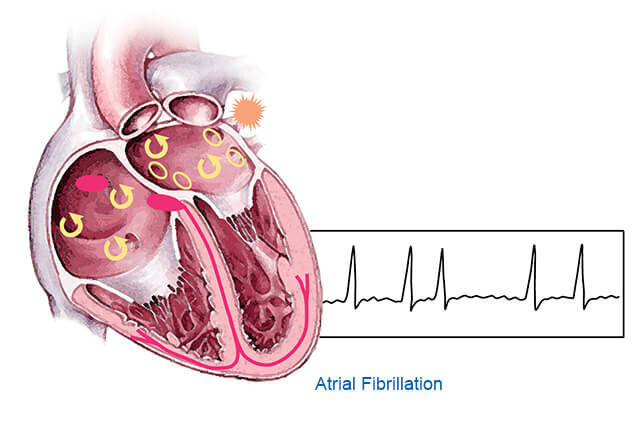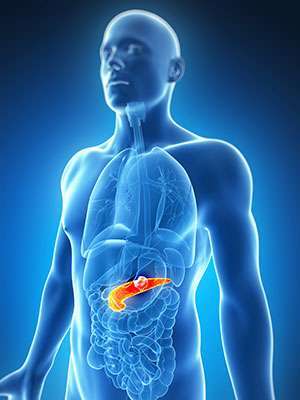
Women with overly large breasts often suffer from back and shoulder pain, grooved shoulders caused by bra straps and difficulty breathing. Breast reduction surgery may provide relief and improve quality of life.
Your surgeon will discuss your medical history and reasons for seeking breast reduction surgery with you in detail to determine if the procedure is right for your circumstances.
Size and Shape
Breast reduction surgery aims to create more proportionate, flattering breast shapes while alleviating physical discomfort caused by overly large breasts. Post-surgery, women typically feel lighter and more natural in their chest area while many women report their clothing fitting better without needing support straps or underwire bras anymore.
Horizontal and vertical breast reduction methods are two widely utilized practices for treating larger breast sizes. Horizontal reduction involves creating an incision pattern commonly referred to as a lollipop scar with circular incisions around your areola and straight lines running down each breast, ideal for patients who require moderate amounts of reduction.
Vertical reduction uses a "keyhole" incision pattern around your nipple and down each breast for maximum tissue removal and reshaping, typically employed when patients require moderate to significant reduction. Incisions usually heal quickly without visible scarring.
Removing Excess Tissue
Many women with large breasts experience physical and emotional side effects that adversely impact their quality of life, including back pain, grooved shoulders from bra straps, rashes and difficulty exercising or finding clothing suitable for themselves. Breast reduction surgery offers relief to these issues while providing patients with an enhanced sense of self-worth and femininity.
Surgery removes excess fat and glandular tissue to create smaller, symmetrical breasts. Liposuction may be utilized to further sculpt them into shape. While areola and nipple remain attached after their underlying breast tissue has been reduced, their placement will change to allow more space.
Prior to beginning a breast reduction procedure, a surgeon will use a marker to draw guidelines for surgical cuts using an anchor technique known as wise pattern incision pattern - usually known by its acronym anchor technique - which involves incising around the areola, across the nipple, and along the breast crease.
Complications
Breast reduction surgery aims to create an aesthetically pleasing, proportionate and natural breast shape by eliminating excess fat and tissue. This cosmetic surgery reduces breast size while simultaneously improving nipple and areola positioning, eliminating sagging breasts, making the firmer and less sensitive. There may be risks and complications associated with this procedure that women must be aware of prior to undertaking this surgical treatment.
Surgery always poses some risk of wound infection which must be managed using antibiotics. Women may experience temporary loss of normal sensation in their nipples and areola after breast reduction surgery; this should resolve in time.
If you are of childbearing age, it is essential that you understand that breast reduction will impact your ability to breastfeed your children naturally. Before making your decision regarding this procedure, discuss it with your surgeon so they can offer advice about the best way to achieve a natural shape compatible with breastfeeding. Fortunately, most women who choose this procedure report high levels of patient satisfaction with it.
Recovery
Recovery after breast reduction may be somewhat uncomfortable, yet generally goes smoothly. This process removes excess fat, glandular tissue and skin to create proportionate breast sizes and ease physical discomfort caused by overly large breasts (macromastia). Furthermore, male patients suffering from the condition known as gynecomastia may also consider breast reduction surgery to alleviate physical discomfort caused by their condition.
Surgery patients are typically released the day of surgery; some may need to stay overnight for observation. Following surgery, they are encouraged to rest as much as possible for at least three days post-surgery and take prescribed or over the counter pain relievers as prescribed or over the counter medications may provide relief from pain.
If your surgeon decides to utilize drains, they may remain in place for up to one week before being removed in clinic. Once this time has passed, showering and washing your hair normally should resume, with most bruising and swelling dissipating within weeks and complete recovery taking six months or longer.




